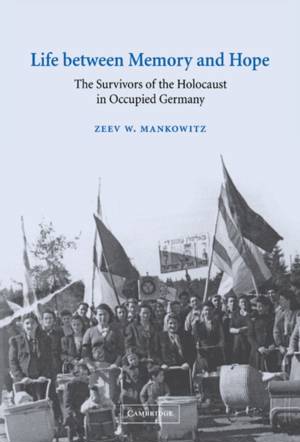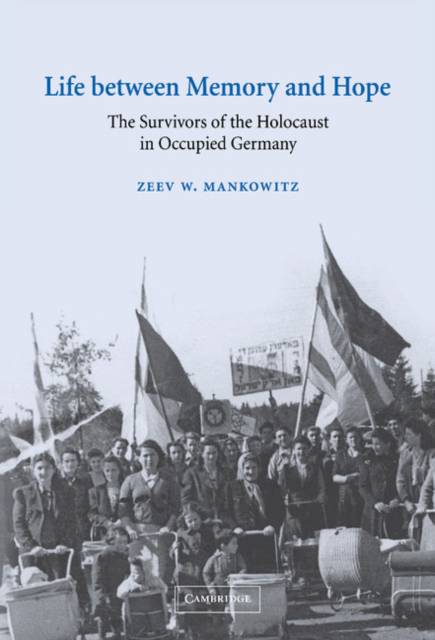
- Retrait gratuit dans votre magasin Club
- 7.000.000 titres dans notre catalogue
- Payer en toute sécurité
- Toujours un magasin près de chez vous
- Retrait gratuit dans votre magasin Club
- 7.000.0000 titres dans notre catalogue
- Payer en toute sécurité
- Toujours un magasin près de chez vous
106,95 €
+ 213 points
Format
Description
The 250,000 survivors of the Holocaust who converged on the American Zone of Occupied Germany from 1945-1948 rose to brief prominence in the immediate post-war years. They envisaged themselves as the living bridge between destruction and rebirth, the last remnants of a world destroyed and the active agents of its return to life. Much of what has been written to date looks at the Surviving Remnant through the eyes of others and thus has often failed to disclose the tragic complexity of their inner lives together with their remarkable political achievements. Zeev W. Mankowitz concentrates on this community of survivors, its people, movements, ideas, institutions and self-understanding, how it grappled with the unbearable weight of the past, the strains of the present and the challenge of the future. These ordinary people lived through experiences that beggar description. In most cases they had lost everyone and everything and were now condemned to a protracted and debilitating stay amidst grim conditions in the land of their oppressors. Yet, they got on with their lives, they married, had children and worked for a better tomorrow. By and large, they did not surrender to the deformities of suffering and somehow managed to preserve their humanity intact. This is the story Mankowitz tells in Life between Memory and Hope. Over the last two decades Dr. Zeev Mankowitz has divided his time between Holocaust research and the training of educational leaders. His celebrated lectures on Issues in the Study of the Holocaust at the Rothberg International School at the Hebrew University of Jerusalem has drawn thousands of students from all over the world. In his latest project he is seeking to understand the relationship between history and memory and its implications for educational practice. This is his first book.
Spécifications
Parties prenantes
- Auteur(s) :
- Editeur:
Contenu
- Nombre de pages :
- 350
- Langue:
- Anglais
- Collection :
- Tome:
- n° 12
Caractéristiques
- EAN:
- 9780521811057
- Date de parution :
- 30-09-02
- Format:
- Livre relié
- Format numérique:
- Genaaid
- Dimensions :
- 160 mm x 236 mm
- Poids :
- 698 g

Les avis
Nous publions uniquement les avis qui respectent les conditions requises. Consultez nos conditions pour les avis.






